Bleak Eternity of Gehenna
It is said by the poetic among the multiverse that mercy goes to die on the volcanic slopes within the Bleak Eternity of Gehenna. Also known as the Fourfold Furnaces, Gehenna consists of four layers, each home to a volcano of staggering size. Most planar scholars believe Gehenna to be the smallest of the Outer Planes, though the lightless void through which the volcanoes drift endlessly is said to have no end.
Greed and suspicion walk together on Gehenna, and it has been theorized that the type of evil embodied in the Bleak Eternity is fouler and more sinister than the Abyss or the Nine Hells. Personal advancement and self-preservation are not just theoretical ideas here – they are enforced by the environment of Gehenna, which suppresses charity more savagely than anywhere else in the multiverse. Any helpful act must be inherently selfish to succeed in the Fourfold Furnaces, and these acts are viewed by some of the native celestials of the Upper Planes as the greatest evil.
Physically, Gehenna is a difficult realm that tests visitors and natives alike. Each layer's volcanic nature creates a plane where no flat surface exists naturally. Falling is a real hazard, as are rockslides, earthquakes, poisonous gases, and volcanic eruptions from the more volatile layers.
Gehenna lacks the raw evil chaos of the Abyss or the militant ordered evil of Baator and relies more on the advancement of the self at the expense of other or lesser creatures. Fiends of all types can be found on the volcanic slopes, but none more prevalent than the yugoloths. Many planar scholars believe the yugoloths originated from the Gray Wastes of Hades and migrated to Gehenna in the distant past, but the origin is moot. Yugoloths are the dominant masters of Gehenna, from the macabre horror of the Crawling City to the countless fortresses, towers, and fortifications built by the mercenary fiends to satiate their personal lust for power.
There's an interesting distinction between Gehenna and Carceri. Treachery, skullduggery, and backstabbing are common in both, but the difference is in the will of the inhabitants. Carceri's creatures are trapped, but in Gehenna, they arrive willingly to pursue paths to power that actively forsake their fellows. Helping others out of charity is a high crime on Gehenna, but in an interesting twist, the self-serving nature of the plane means that alliances are actually common. They simply don’t last long and nearly always end in treachery and bloodshed.
Thieves and assassins are common in Gehenna, and few are as notable as the famous Sung Chiang. Most believe Sung Chiang to be a god of cutthroats who built the Palace of Thieves on the slopes of Khalas from bits and baubles stolen from treasure chambers across the multiverse.
A few other noteworthy creatures can be found on the slopes of Gehenna, including the immortal kobold Gaknulak the Trickster, the serpent-eyed hag diviner Laughing Jane, and the painwalkers, servants of Loviatar who rules from the Frigid Fortress on Mungoth, the third mount. Lost remnants of Blood War battles litter some regions, and everyone who has come to live on Gehenna learns to hide their most valuable possessions, which means there are a great number of lost vaults scattered about the volcanoes after their owners passed away.
Getting There
There are many portals that lead directly to the Bleak Eternity of Gehenna from all over the multiverse. These portals usually take the form of pits or black yawning chasms, and rarely do they require a key. Something about the nature of Gehenna makes access into it easy, a fact debated among planar scholars as a devious aspect of the plane’s selfish nature.
Portals leading out of Gehenna exist only in seemingly bottomless pits placed randomly on the rocky slopes of all four volcanic layers. The yugoloths mark these pits with their known destination in a hidden, fiendish script on nearby stones, but there are numerous pits that are marked but are in reality simply incredibly deep holes. Yugoloths find setting these traps to be an amusing pastime.
The easiest way to access Gehenna is through the River Styx, which winds through all of the Lower Planes. The wine-red river is the largest flowing river on Khalas, with numerous tributaries branching off from the main swift-moving current. Many of these branches lead to other locations in the Lower Planes, but it takes a skilled sailor to navigate the treacherous rapids and canyons that the River Styx slams through at breakneck speed.
Chamada contains numerous direct links to the Plane of Magma in the Inner Planes in its fiery veins beneath the volcanic surface, and it is widely believed that the Dead Furnace of Krangath possesses some intrinsic link to the Negative Energy Plane. This would explain the presence of Mellifleur the Lich-Lord's realm of Hopelorn, where arcane studies are performed at the intersection of arcane necromancy and divine negative energy.
Traveling Around
Each of the four volcanoes of Gehenna are difficult to traverse. They are rocky, steep, and dangerous to walk along, and any manufactured road quickly falls into ruin from the numerous rock slides and earthmotes that collide into the side. Numerous caves and tunnels honeycomb each of the layers, though Chamada's are often filled with swift-flowing magma.
Traversing between each layer of Gehenna is just like finding a portal out of the plane – find a bottomless pit and hope that the yugoloth marks nearby tell the truth as to its ultimate destination. Most native inhabitants quickly learn which pits lead to other layers and other planes and which ones spell doom for the unwary. Still, travelers should take precautions when jumping into one of these seemingly bottomless holes.
The four volcanoes of Gehenna float in a never-ending void of blackness that consumes light and warmth at a height of about 50 feet across all layers. Beyond this height, creatures must possess a strong resistance to cold damage, but to date, nothing has ever been found in the darkness. The numerous earth motes that smash into the slopes of the volcanoes must originate from somewhere. It is widely believed that some natural vortex to the Plane of Earth exists that spits out of the earth motes, but no one has found.
Lay of the Land
The layers of Gehenna float in a limitless void of unending blackness, with each layer consisting of a single enormous volcano seemingly without base or top. They are each hundreds of thousands of miles across but they are not infinite in width – a traveler, immortal or simply possessed of great speed, could move around a volcanic layer to circle back to their starting point. Yugoloths and other Gehenna inhabitants view this endeavor as a pointless waste of time.
Khalas
A savage, rugged beauty holds over Khalas, the first of Gehenna’s volcanic mountain layers. A crimson glow suffuses the rock, evidence of the magma flowing beneath the surface, but the eruptions of lava and steam are less frequent here than on the more active layer, Chamada. Unfortunately, it is also the layer with the most frequent strikes from floating earthmotes drifting out of the void to crash into the side of the volcanic slopes, sending rockslides and earthquakes rumbling in great regions.
Numerous rivers rush down the sides of Khalas, swiftly crashing through gorges and canyons. The largest of these channels are created by the River Styx, which careens down numerous waterfalls before passing into the neighboring layers of the Outer Planes. The non-Styxian rivers originate from further up the slopes of Khalas in naturally occurring vortexes from the Plane of Water, and they snake down the layer before evaporating from the heat.
Khalas sees numerous incursions from demons and devils, but yugoloths are the dominant force across the volcano. Skirmishes in the Blood War are not uncommon, especially since the devilish legions have always strived to establish a beachhead on Khalas to move the prime fighting away from Baator. These efforts are not without cost, both in terms of fiendish lives and the numerous contracts that have been made with the yugoloths to claim part of their land.
Chamada
The most active of Gehenna's volcanic layers is Chamada. Rivers and geysers of lava are common occurrences, and the glow from the constant heat bathes the mountainside in a deep crimson radiance. Many areas are as hot as the Plane of Fire, so any traveler or resident of Chamada must be protected from the fiery furnace burning beneath the rocky surface. Soft gray ash fills the air, obscuring vision beyond more than a dozen feet or so, and everywhere lava flows can be found running in ever-changing channels.
It's difficult to believe, but the Arcanaloth Conspiracy that keeps yugoloth contracts is based here in the fire-shielded Tower Arcane. In addition, Chamada's intense heat is the only source powerful enough to keep the Engine of Wrath working – an enormous forge site run by yugoloth slaves, continually pumping out weapons and armor for fiends across the multiverse.
Beneath Chamada's surface, the lava tubes are populated with magma elementals, lava sharks, magma oozes, magmin, lava children, and other creatures that flourish in such inhospitable conditions. Inferno wurms are known to burst out of the tunnels to snatch up prey on the surface at any moment, though rumors persist of an ultroloth who has tamed the fearsome creatures and uses them as an elite battle force.
Mungoth
The volcanic heat at the heart of Mungoth went cold long ago, and now a deep chill settles over the rugged mountainous terrain. Acidic snow falls regularly on the slopes of Mungoth, and the only light on the layer comes from vents of sluggish ice-cold blue lava. This natural hazard is as cold as regular lava is hot, through some unknown, powerful process churning slowly in the dying volcano's heart.
Few creatures live on Mungoth. Loviatar, a goddess of pain and suffering, holds court in her sprawling Frigid Fortress, and her minions – the painstalkers – are sent out on regular missions across Gehenna and the multiverse to serve their dark goddess’ twisted desires.
Krangath
A deathly silence hangs over Krangath. This volcanic mountain is dead, its fire having gone out in the far distant past, and now no wind or natural sound disturbs the unearthly quiet that clings to the slopes like a drowning victim. A dull violet radiance emanates from Krangath’s core, though it provides little illumination and no comfort for travelers unlucky enough to have found themselves traversing the Dead Furnace.
The only activity on Krangath is found beneath the surface. Shargaas, the Night Lord, is an orc god of stealth and darkness who lives within a vast network of caves known as the Night Below. Shargaas's servants include legions of orc assassins and unnatural creatures that lurk in the shadows. Exploring the Night Below is a harrowing exercise in frustration, paranoia, and the crushing weight of ice-cold nihilism.
Hopelorn
Krangath is known as the Dead Furnace for a good reason. The volcanic heart of the layer died out centuries ago, and there seems to be some link between Krangath and the Negative Energy Plane that exacerbates the icy void. Almost nothing disturbs the exterior slopes beneath the blackened canopy of eternal night. Krangath is inhospitable to life – a fact that caught the attention of Mellifleur the Lich-Lord. Mellifleur's checkered history placed him as a lich with the power of a god by accident, and he wandered the multiverse for a period of time looking for something.
He found it on Krangath, a perfect confluence of planar power and expanding negative energy that he could exert his divine prowess. He established a tower to study the energy of the Dead Furnace, hoping to harness it for his own personal use and learn more about the intersection between divine and arcane magic. Soon, his divine status attracted a small following, and so Mellifleur the Lich-Lord worked with the eager necromancers and death priests to establish Hopelorn.
The tower of Mellifleur is now surrounded by smaller buildings that house students and priests who wish to learn more about the necromantic power inherent in divine and arcane magic. The Lich-Lord rarely makes his presence known outside of his personal chambers, and the leaders of Hopelorn do not rely on their aloof demigod to provide guidance. The research and work being done on the slopes of Krangath appeal to a great number of aspiring necromancers, some even devoted to using their power to better understand life and help others, though most are conniving masters of deception looking to increase their power by taking advantage of Mellifleur's extensive resources.

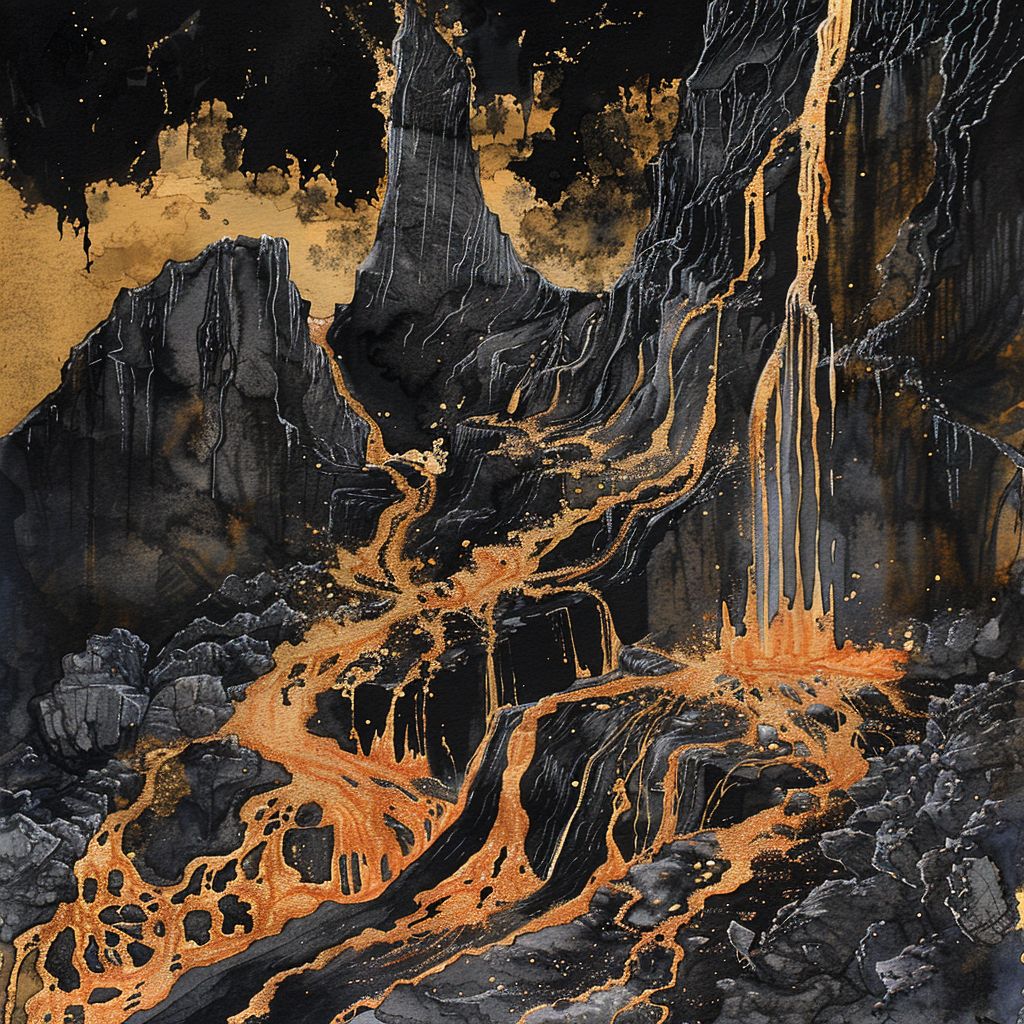
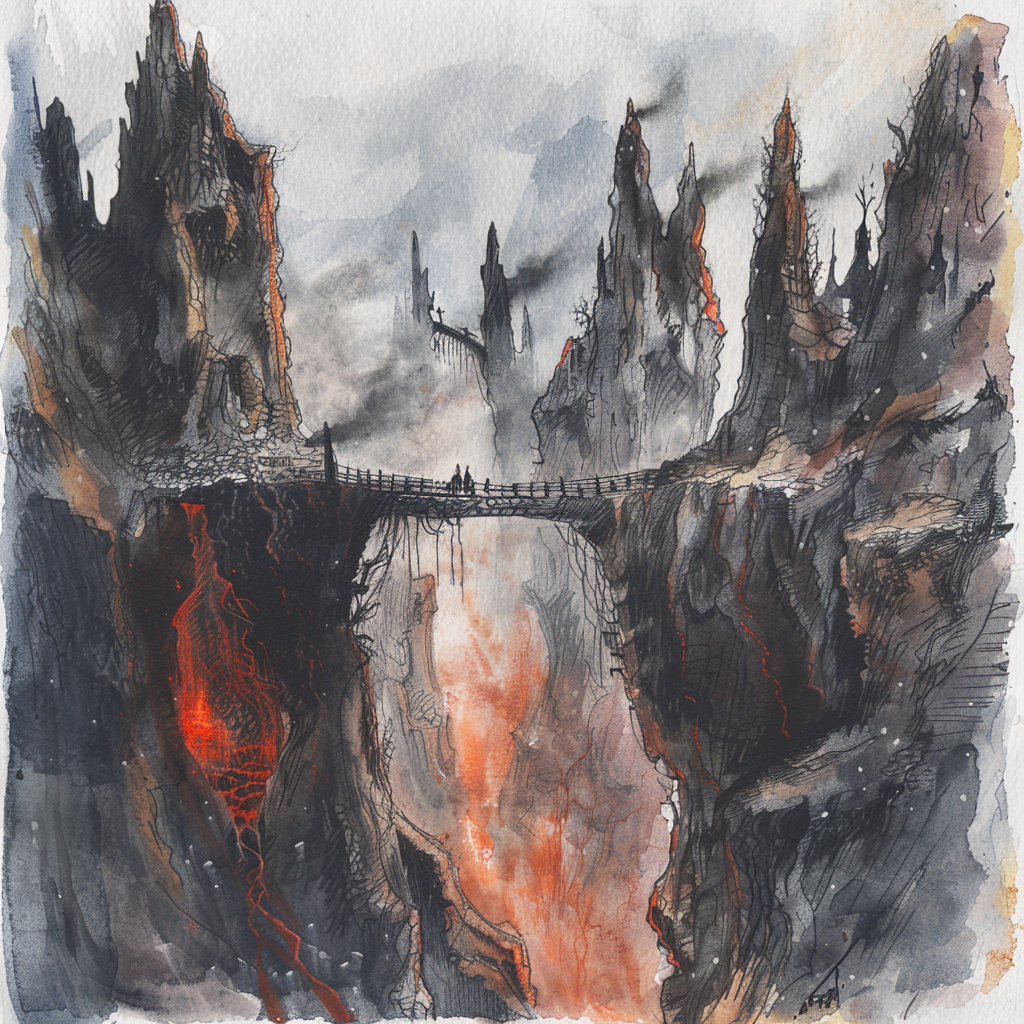
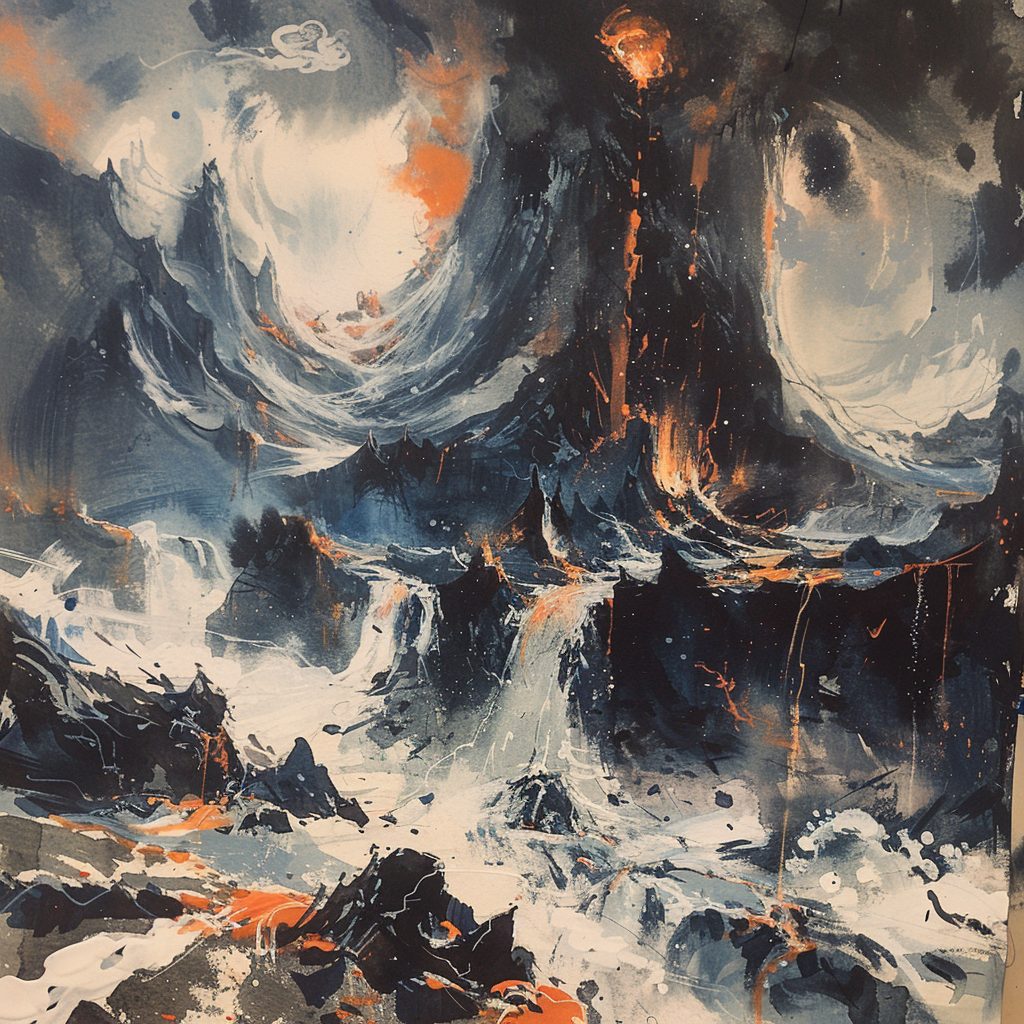
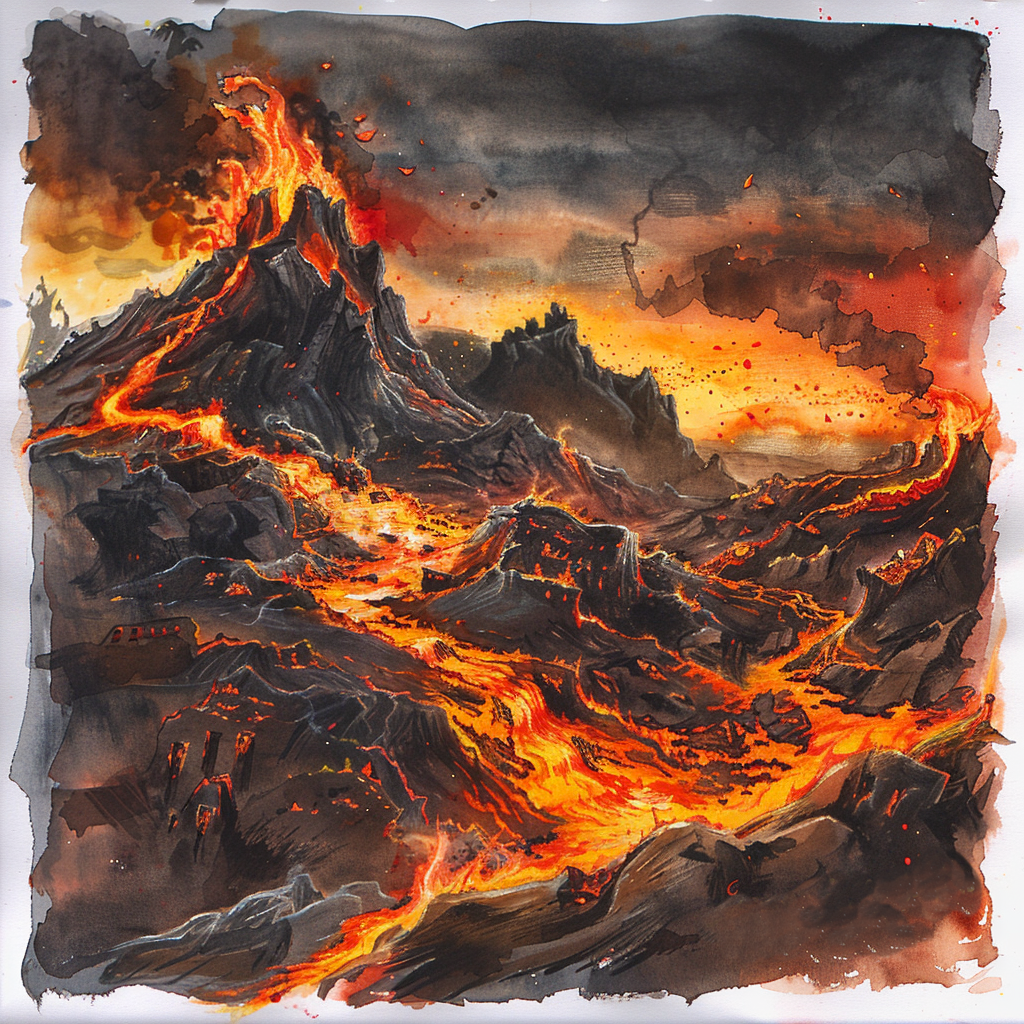
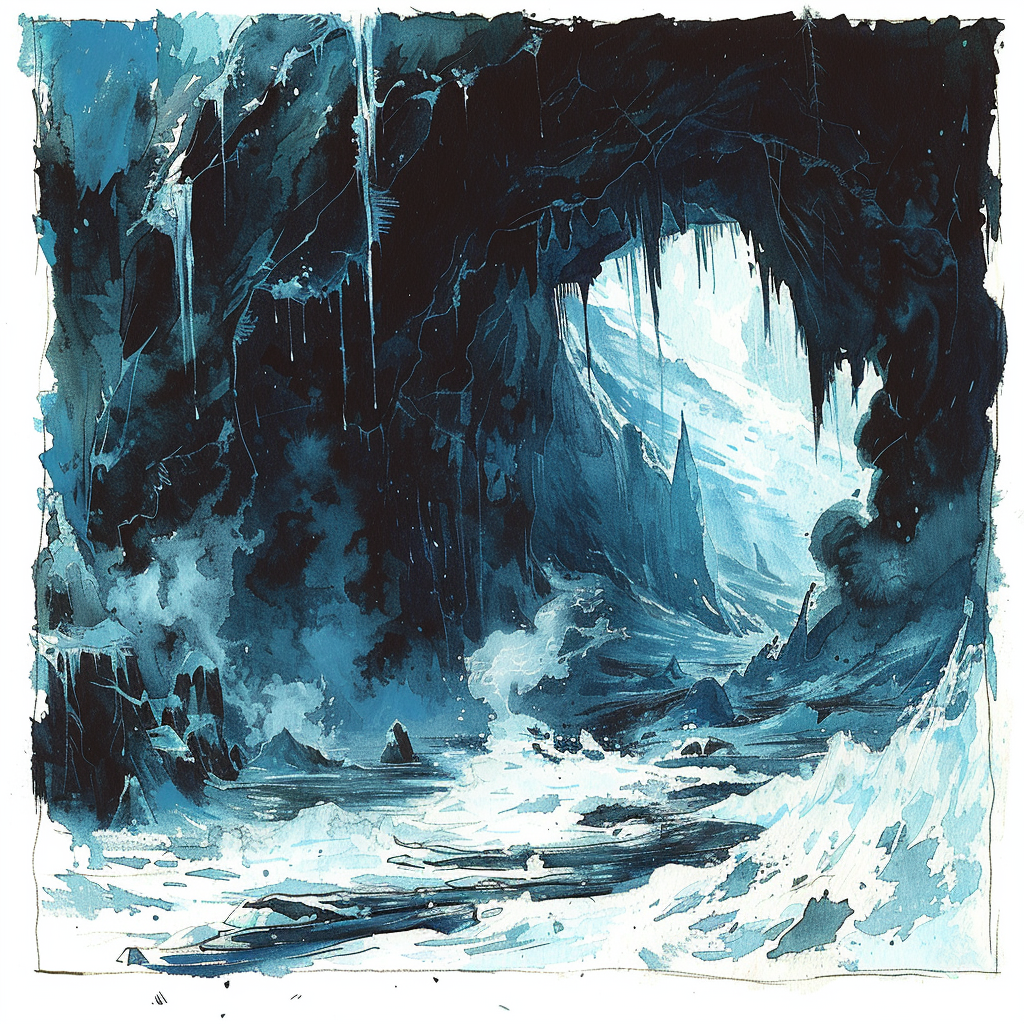
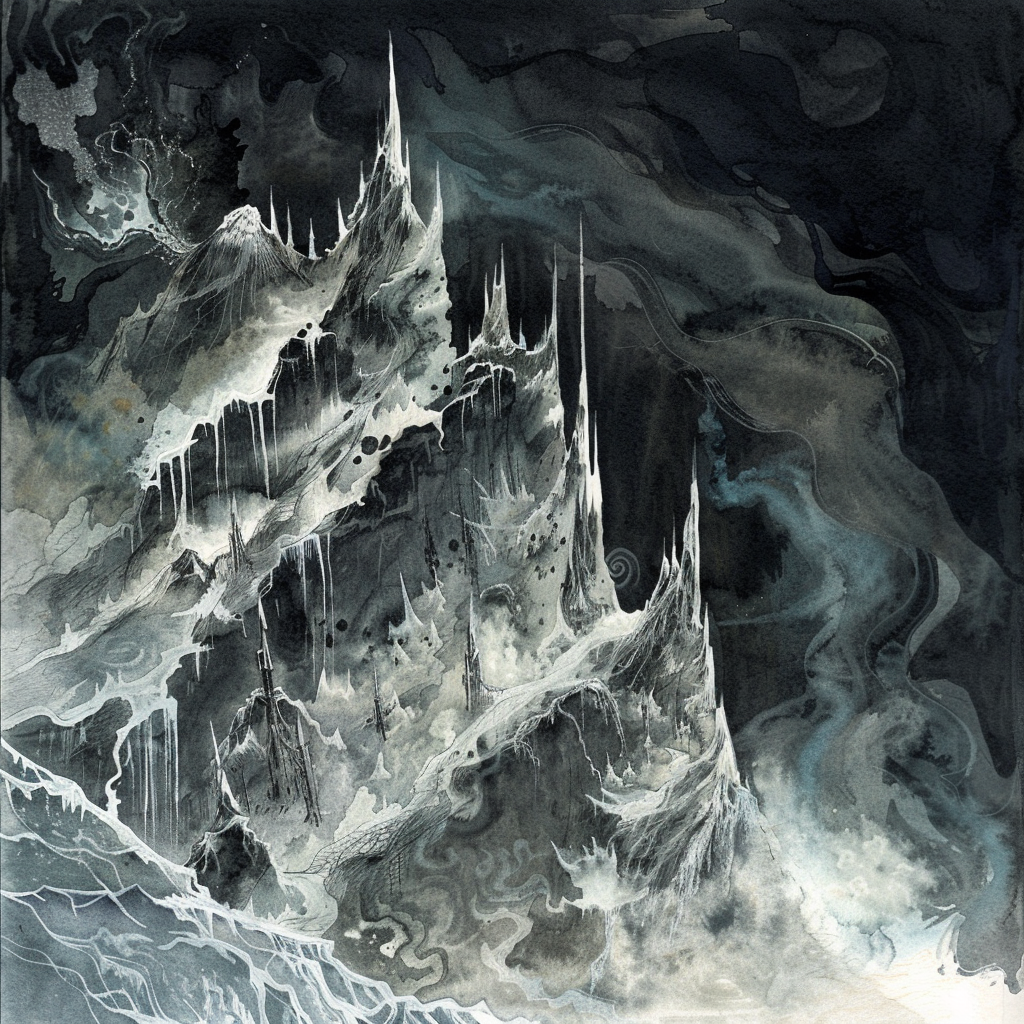
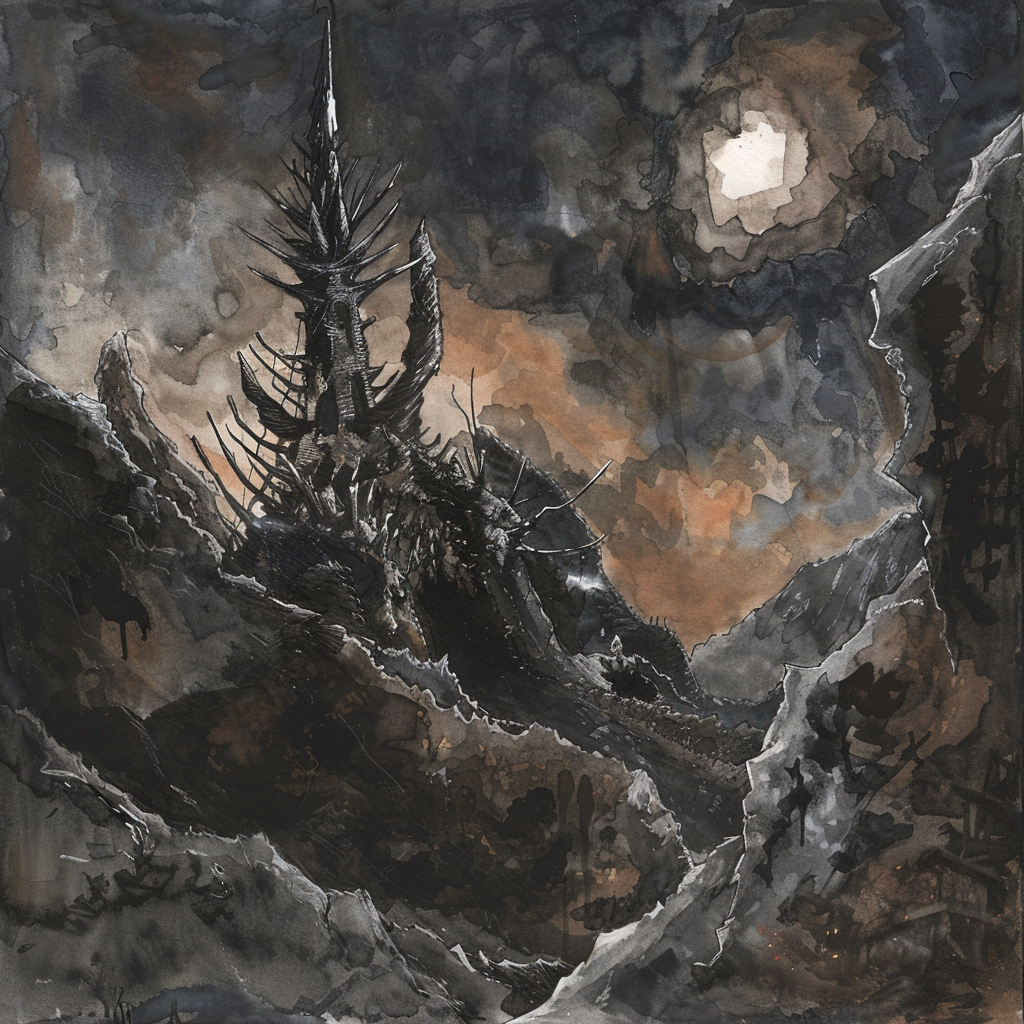

Comments